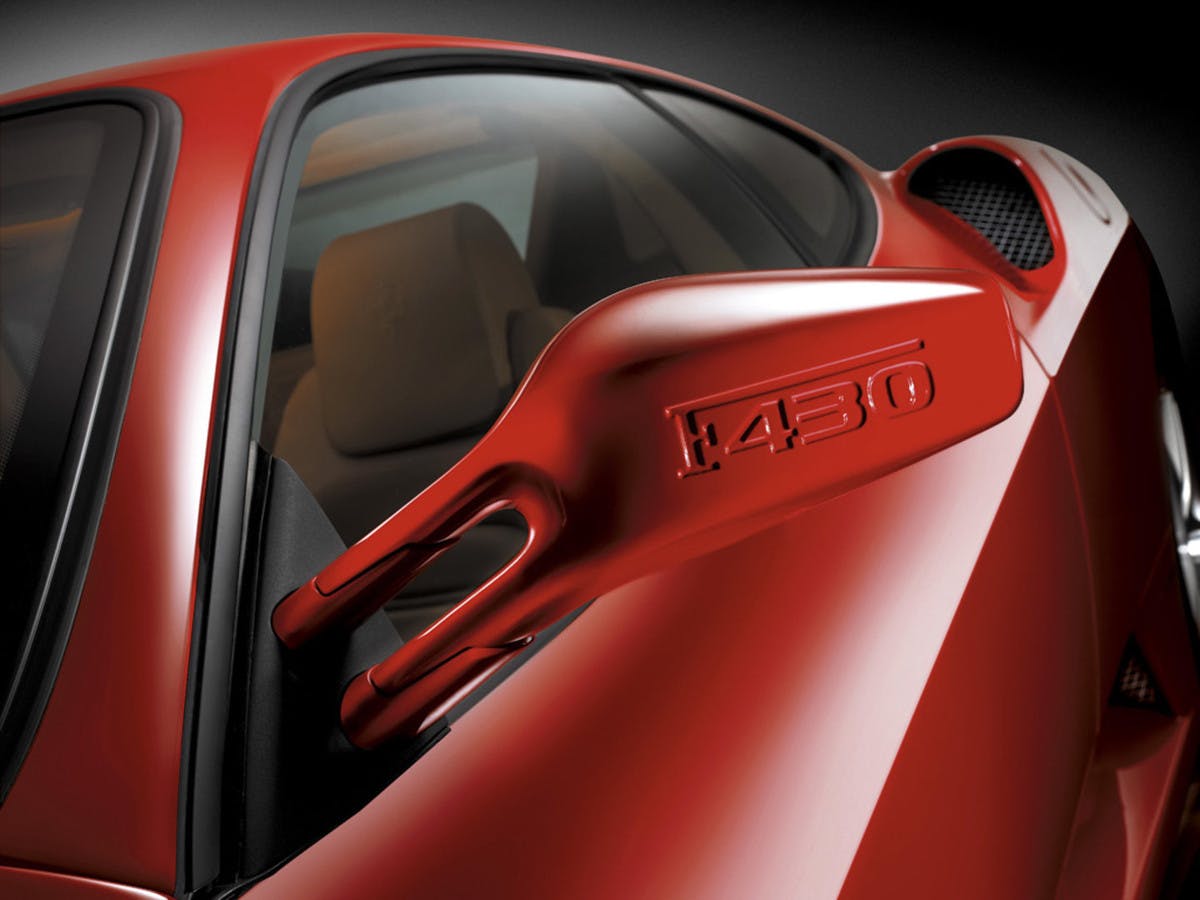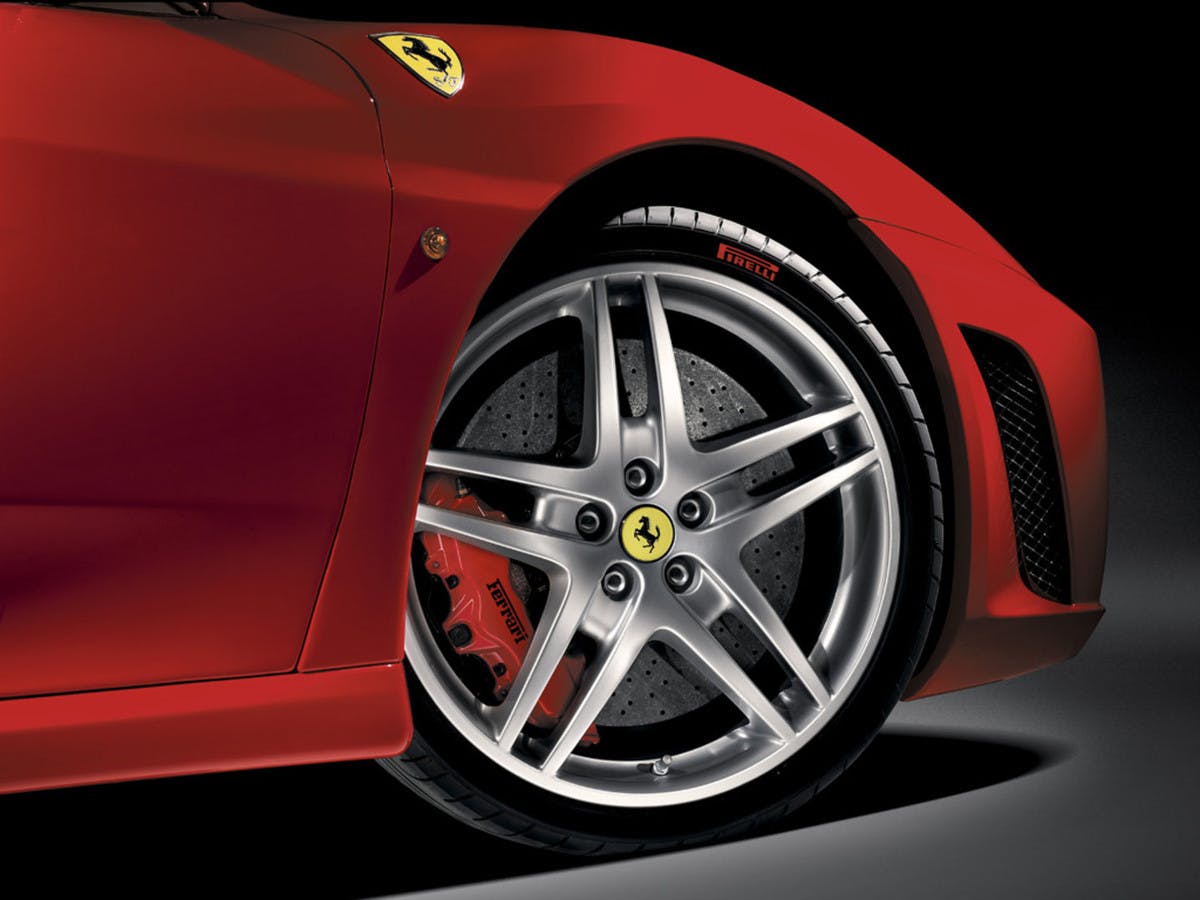Media | Articles
How Frank Stephenson turned the Ferrari 360 into the F430
Back in the early 2000s, Ferrari knew its next generation of V-8 supercars would still be based on the 1999 360’s chassis, and so Pininfarina’s design team was asked to use an evolutionary approach instead of a daring, clean-sheet design. The 2004 F430 project landed on Frank Stephenson’s table, who decided to spice up the lines of Goran Popović’s rather clean 360 Modena. In fact, the American designer mostly known for the first BMW Mini, the original BMW X5, the Maserati MC12 and the McLaren P1 found the 360’s exterior to be “a bit soft, as if they left it in the oven for too long.”
Stephenson can’t stand fake vents on cars, and to make the new V-8 Ferrari a touch more aggressive—and more efficient in terms of thermal management and aerodynamics—all air intakes grew despite the radiators staying right where they were on the 360.

The F430’s characteristic front was inspired by 1961’s Ferrari 156 F1, the “shark nose” Formula 1 car famously driven by Phil Hill. With the fascia sorted, the A-pillars dropped, and the front wheels covered as much as possible, Stephenson went on to relocate and enhance Ferrari’s signature double round taillights, making them stand out from the surface by positioning them higher up. Other details included the F430 logo imprinted into the outer mirror housings, a solution that hasn’t been copied since.
The 2004 Ferrari F430 was a 483-hp affair with a six-speed manual or an “F1” semi-automatic gearbox, a new electronic differential, and a top speed of over 196 mph. Available in Spider configuration from 2005, Ferrari also turned this platform into various race cars and road-legal track specials known as Scuderias and 16Ms. Those limited-edition models came with much-improved F1 gearboxes to handle the punishment.
Following his Ferrari projects, Frank Stephenson went on to work on several Maseratis, Fiats, Lancias, and other Fiat Group projects before leaving Italy for England in April 2008 to become the first Design Director of McLaren Automotive. Today, that title belongs to Rob Melville, while Stephenson runs his own design studio.
Marketplace
Buy and sell classics with confidence
Now, he guides us through his process for the F430 some twenty years ago, when Ferraris were still penned by Pininfarina:



























